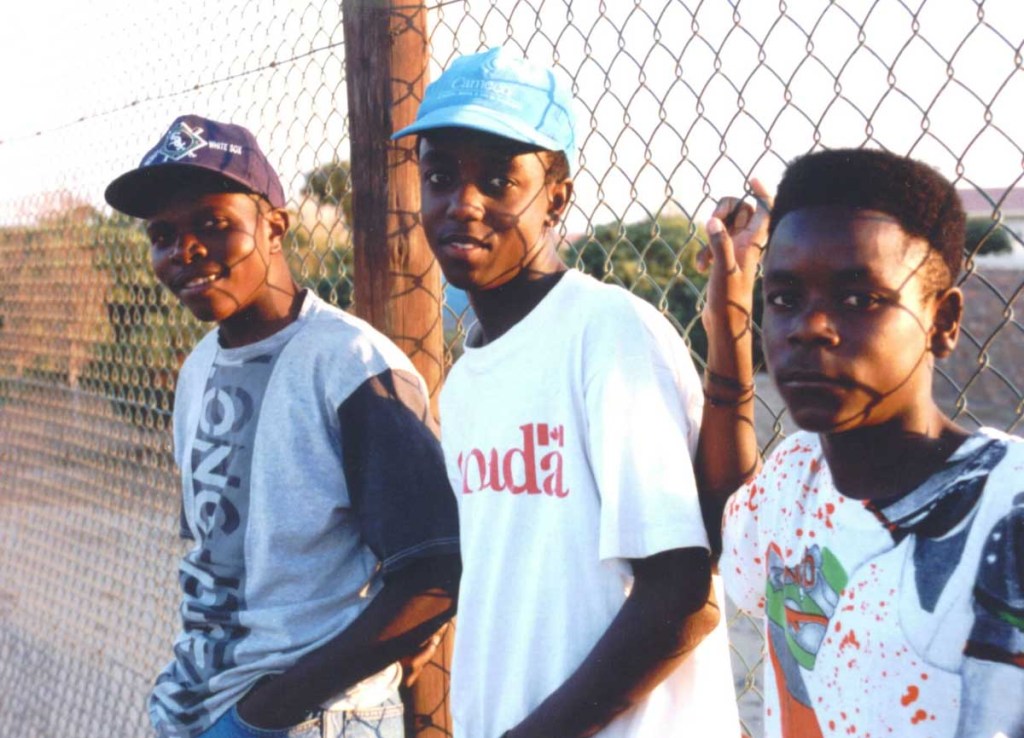Black males die disproportionately at the hands of surgeons and police officers
Published 12:40 pm Tuesday, October 21, 2014

- Black Males
We seldom think of medicine and law enforcement as professions with parallels. While many exist — both are predominantly white, male and fiercely loyal to their own — the most remarkable attribute they share is a unique brand of public trust that provides them license to cause harm: one with weapons, the other with scalpels.
Surprisingly, by certain counts, the damage is similar.
The FBI estimates that approximately 96 black men die each year in police homicides, deemed justifiable by circumstance. Black men undergoing heart bypass suffer approximately 95 fatalities statistically, after taking account of other factors affecting surgical survival.
In spite of the numbers, the public focuses laser-like on the former and pays minimal attention to the latter.
It’s too bad. Police and surgeons can help each other develop new tools to scrutinize these deaths and hold people accountable. Good data can help.
In the case of bypass surgeries, health researchers have amassed and analyzed mountains of data to understand what leads to fatalities. In a complex process, known as risk adjustment, they consider a vast array of patient-specific factors, such as insurance coverage, presence of other diseases, smoking status, weight, age and income, along with aspects of the surgery itself, such as number of complications, to determine what predicts death.
Identifying and investigating these factors have led to risk-reducing interventions, such that bypass fatalities have fallen substantially, but highly disparately. Over the last decade, the rate for white males declined by 33 percent, while that for black males remained stubbornly steady and fell by only 3 percent, a tenfold difference.
Researchers also use risk-adjustment when comparing mortality rates between groups to account for systematic differences between them. Advanced analyses find that the risk-adjusted mortality rate from bypass surgery for black men is 11 percent higher than that for white men of similar health status.
It’s possible, of course, that these current measures don’t adequately account for key differences in physiology or for the subtle, cumulative effects of differences in access to care. Refinements to the process, however, have yet to eliminate the persistent disparity. It is time to rethink our efforts.
A starting point is examining two key factors omitted from analyses to date: the characteristics of surgeons themselves, such as where and when they trained, and the specific settings in which they operate. Both warrant investigation, as data show that the impact of race on the risk of death is not constant across operating rooms.
Reluctance to delve into this area reflects understandable concerns about malpractice. However, it also reflects a social deference to this group, whose members, like the police, mostly police themselves. Both these factors must be overcome. Identifying whether physician and hospital features play a role in generating the racially disparate bypass outcomes is a step on the road to eliminating them.
Similarly, the police should develop strategies for collecting good data on justifiable homicides. Right now, this information is sorely lacking. The FBI’s annual statistics on justifiable homicides are our best national estimates, but they are fraught with holes and the public rightly views them with extreme skepticism.
Reporting is voluntary, and fewer than 5 percent of the nation’s 17,000 law enforcement agencies currently send information. No standard definition for justifiable exists, nor is there clear guidance on what party makes the justifiable determination. “Unjustifiable” deaths aren’t even included. In our high-tech world, this state of affairs is inexcusable.
Law enforcement professionals, in consultation with the FBI and the Justice Department, need to create a national, mandatory reporting system with standardized collection processes and clearly defined items. We should gather information about the officer’s experience and training, along with data on where, when and how the event occurred.
Following the health services model, analyses can help identify where, when and under what circumstances similar shootings have taken place and the degree to which race alone plays a part. They can also help identify predictive factors of violent police encounters and guide meaningful harm-reduction efforts.
The goal for both professions should be twofold. The first is to minimize death counts. The second is to investigate existing and perceived racial disparities. These may be a function of racism, but are likely a far more complex phenomenon, a proposition that should be entertained equally in medicine and law enforcement.
A promising way forward is the collection of the appropriate data, rigorous analyses and the creation of public plans for harm reduction. This is accountability. And, rather than looking to blame, the public should offer both professions reasonable time and a safe environment in which to undertake these pursuits.




